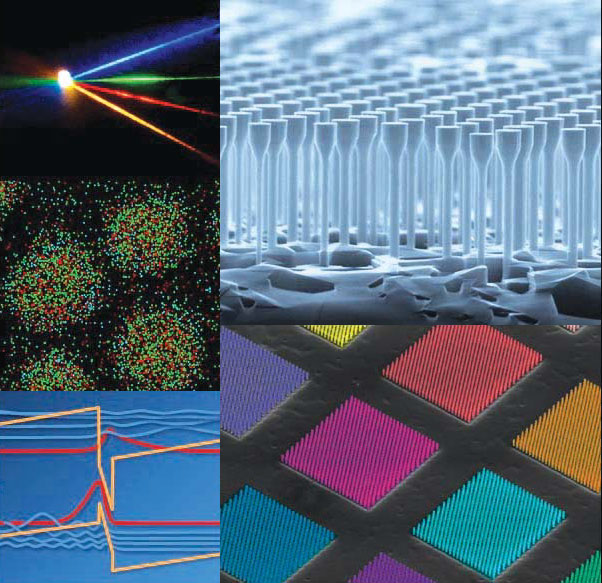
Sandia’s five-year Energy Frontier Research Center for Solid-State Lighting (SSL) science concluded in 2014. The overarching theme of the center was “exploring energy conversion in tailored nanophotonic structures.” Major accomplishments included synthesizing new core/shell quantum dots with efficient light emission, creating a microscopic model to explain LED efficiency limits, perfecting a new optical diagnostic tool to identify microscopic defects in working LEDs, demonstrating that lasers are a viable option for creating ultraefficient SSL, and inventing a new approach to nanostructure fabrication — quantum size-controlled photoelectrochemical etching. (1100,1700, 1800, 8300) EC [SSEF]
Sandia has pioneered the area of microsystems-enabled photovoltaics (MEPV), which consist of independently wired, microscale PV cells with microscale concentrating lenses, enabling shade tolerance and coarse sun tracking. MEPV will reduce the overall system cost of PV systems by a factor of two to three by using less high-cost PV material and by using it more efficiently. Greg Nielson (1719) presented this research as a keynote address to the ARPA-E Microscale Concentrated Photovoltaic Workshop in May 2014. (1700, 1100, 6100, 1500) EC [SSEF]
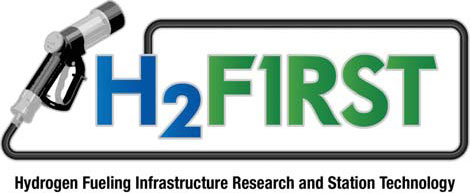
Sandia and the National Renewable Energy Laboratory were selected by DOE to co-lead the Hydrogen Fueling Infrastructure Research and Station Technology (H2FIRST) project. Designed to help solve the infrastructure challenges that fuel cell electric vehicles face, H2FIRST will provide world-class technical facilities to demonstrate H2 refueling technologies and infrastructure. It will also work to reduce the cost and time of new fueling station construction and improve the stations’ availability and reliability. While drawing upon the Labs’ broader H2 expertise, Sandia’s Center for Infrastructure Research and Innovation (CIRI) will serve as one of H2FIRST’s primary hubs. (8300) EC [SSEF]
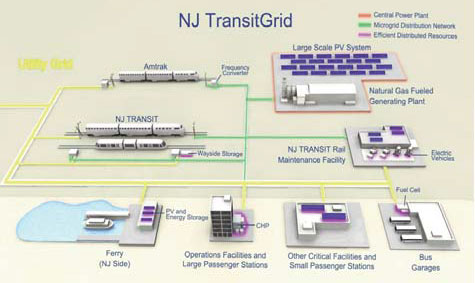
THIS APPROXIMATELY 100MW microgrid will provide power to regional rail transportation around Newark, New Jersey, and connecting into Manhattan during blackouts and other critical events. The project is designed to also ensure continued electricity to ferries, buses, and critical operations facilities.
Research at Sandia is enabling the design of resilient electric infrastructures to minimize the impacts of major events such as those caused by Hurricane Sandy in 2012. Sandia partnered with New Jersey Transit on the conceptual design of New Jersey TransitGrid, a microgrid to maintain electric train service in the region. This project resulted from a memorandum of understanding signed by DOE, the state of New Jersey, and AMTRAK. Sandia’s design input was the basis for a Federal Transit Administration award funding a majority of the work. (6100) EC [SSEF]
Researchers Daniel Villa (6926), Howard Passell (0159), Will Peplinski (6926), Len Malczynski (159), Max Ottesen (6925), and facilities managers Jack Mizner and Gerald Gallegos (both 4853) are using Sandia’s science and engineering expertise to reduce site-wide energy consumption. The resulting model, Institutional Transformation (IX), complements eQUEST, a DOE building modeling environment. IX models capital or operational investments across hundreds of buildings, using customizable conservation methods and renewable energy options. Planners can experiment with different approaches across the entire institution and select strategies that save the most energy. (6900, 0100, 4800) EC [SSEF]
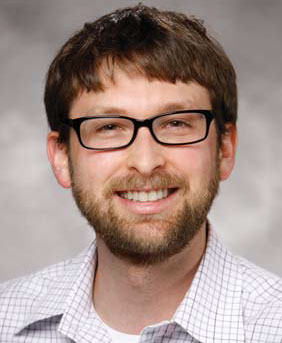
Alan Kruizenga (8223) patented a novel high-temperature energy storage system with the potential to cut the cost of thermal solar power in half. Working with Concentrating Solar Technologies Dept. 6123 in the EC PMU, Alan has established several industry partnerships providing materials characterization and analysis of molten nitrate salts used as heat transfer fluids for concentrated solar power and enhanced oil recovery applications.
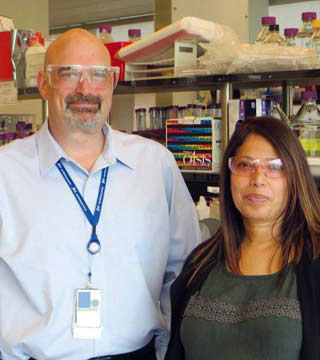
While the powerful solvents known as ionic liquids (ILs) show great promise for improving the economics of deriving advanced biofuels from lignocellulose, an even more promising candidate is on the horizon — bionic liquids. A team led by Blake Simmons (8610) and Seema Singh (8634), working at DOE’s Joint BioEnergy Institute, has developed bionic liquids produced from lignin and hemicellulose, two byproducts of biofuel production. Sugar yields after pretreatment with these bionic liquids were comparable to the yields obtained with the best-performing imidazolium-based ILs, but the costs of the bionic liquids are much lower than those of the imidazolium-based ILs. (8600) EC [SSEF]
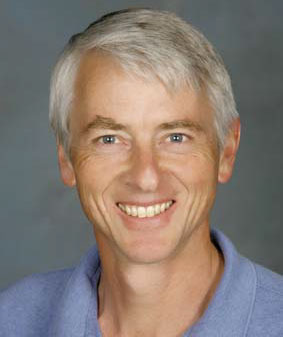
Robert Barlow (8351) won the Alfred C. Egerton Gold Medal at the 35th International Symposium on Combustion. Robert was honored for pioneering contributions to simultaneous laser diagnostics and their application to the understanding of turbulencechemistry interactions in flames. His work is leading to an improved understanding of the fundamental nature of turbulent combustion, which, in turn, helps provide detailed data sets for developing and evaluating computer models that will eventually be used to design advanced combustion systems for transportation and power generation. (8300) EC [SSEF]
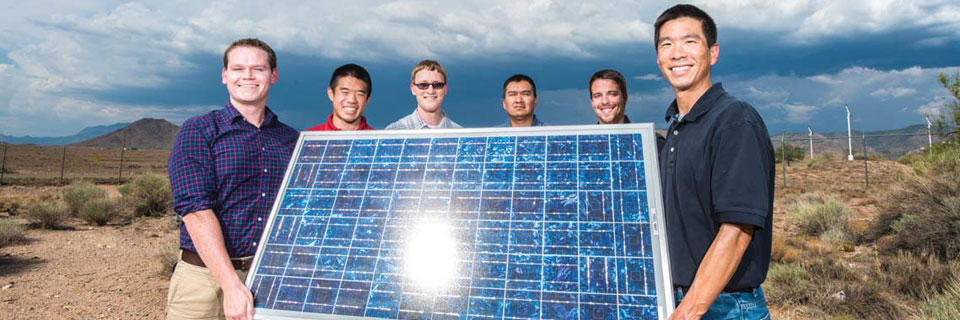
Sandia’s Solar Glare Hazard Analysis Tool (SGHAT), a 2013 R&D 100 Award winner, has been used by more than 100 airports in nearly 50 countries to safely deploy photovoltaic systems while mitigating associated glare hazards. In FY14 Sandia helped to address glare issues reported by pilots flying over the world’s largest concentrating solar power plant (Ivanpah). The use of SGHAT is required by the Federal Aviation Administration and DoD for proposed solar energy installations at all federally obligated airports and DoD aviation operations. (6100) EC [SSEF]
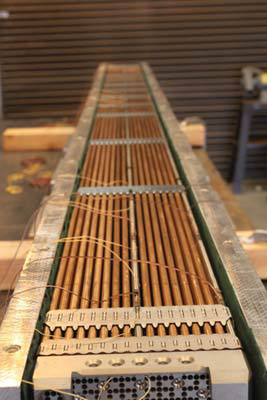
Sandia staff made great contributions to the technical basis for the safe and secure long-term storage and transport of used nuclear fuel (UNF). This work included continued development of a model to predict hydride formation in UNF cladding, understanding if conditions are present to initiate and support stress corrosion cracking in canisters, quantifying the strains UNF rods experience during transport, understanding costs in different large transportation scenarios, analyzing how to best ensure security, and initiating an uncertainty quantification effort to focus further R&D. (6200, 1800, 1400, 1500) EC [SSEF]
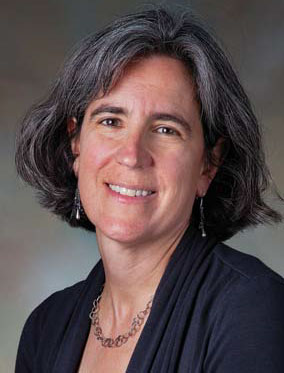
Susan Altman led a team of 11 Sandia scientists and engineers working with 19 faculty at the University of Texas at Austin to complete the five-year Center for Frontiers of Subsurface Energy Security (CFSES) Energy Frontier Research Center funded by the DOE Office of Science, studying multiscale, multiphysics processes in carbon sequestration. Susan then led the crafting of the successful renewal proposal for four additional years. Seventy-two peer reviewed articles resulted from this work, including a cover article in the Journal of Physical Chemistry. (6900)
The Radioisotope Power Systems Launch Safety Project completed two major milestones in FY15. The first was the Nuclear Risk Assessment (NRA) for the launch of the next nuclear-powered rover to Mars in 2020. The NRA serves as the foundation of the Mars 2020 Environmental Impact Statement that NASA issued on Nov. 6, 2014. The second was the Draft Safety Analysis Report for the Advanced Stirling Radioisotope Generator, which is a new nuclear battery design. (6200. 1500, 5400) EC [SSEF]
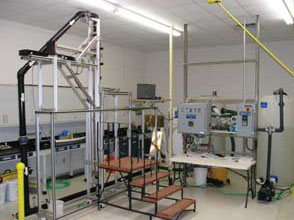
The 3rd Compliance Recertification Application for the Waste Isolation Pilot Plant (WIPP) was submitted for regulatory approval on March 26, 2014. The application included numerous updates to important WIPP parameters and processes. New Sandia experimental results allowed for refined representation of WIPP waste shear strength and enhanced understanding of iron corrosion in WIPP conditions. A new staggered analysis approach was developed that allows for transparent and direct determination of regulatory compliance impacts, with enthusiastic reception by DOE and EPA. (Center 6200) EC [SSEF]
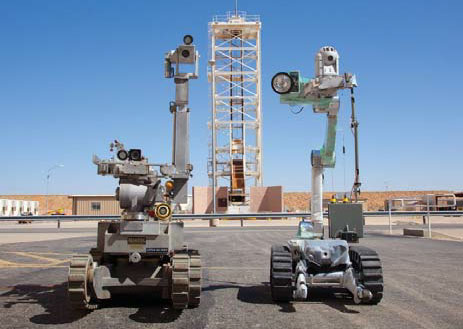
While Sandia has served for decades as science adviser to DOE on matters pertaining to the Waste Isolation Pilot Plant (WIPP), we were called upon this year to engage in out-of-the-ordinary ways to support the recovery of WIPP following two incidents in the WIPP underground that occurred within nine days of each other — one a fire and the other a radiation release. We collaborated with Los Alamos National Laboratory and offered robotics expertise to facilitate the initial re-entry to the WIPP underground (assistance ultimately deemed not to be needed), and we subsequently joined the WIPP Technical Assessment Team, a five-lab consortium chartered by the Secretary of Energy to investigate the causes of the radiation release and to assess the likely extent of condition. (6200, 6500, 2500, 1500) EC [SSEF]